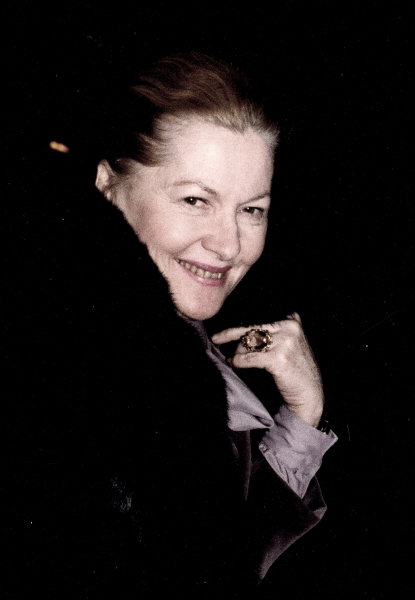Photo Flash: Remembering Joan Fontaine
By: Walter McBride Dec. 17, 2013
As BroadwayWorld previously reported, Joan Fontaine, perhaps best known for her role in Alfred Hitchcock's "Rebecca" and who received an Academy Award for her performance in Hitchcock's "Suspicion," died at her home in Carmel, Calif., on Sunday, December 15th at the age of 96. BroadwayWorld remembers the legendary actress below.
Fontaine made her stage debut in the West Coast production of Call It a Day (1935) and was soon signed to an RKO contract. Her film debut was a small role in No More Ladies (also 1935) in which she was credited as Joan Burfield. Although Fontaine, on contract with RKO, had already made her screen appearance in No More Ladies, a series of other minor roles followed, in A Million to One and Quality Street (both 1937), opposite Katharine Hepburn. The studio considered her a rising star, and touted The Man Who Found Himself (also 1937) as her first starring role, placing a special screen introduction, billed as the "new RKO screen personality" after the end credit. She next appeared in a major role alongside Fred Astaire in his first RKO film without Ginger Rogers: A Damsel in Distress (1937) but audiences were disappointed and the film flopped. She continued appearing in small parts in about a dozen films, including The Women (1939) but failed to make a strong impression and her contract was not renewed when it expired in 1939.Photo CRedit: Walter McBride

Joan Fontaine in New York City. September 1979

Joan Fontaine in New York City. November 1979

Joan Fontaine in New York City. November 1979

Joan Fontaine in New York City. November 1979

Joan Fontaine in New York City. November 1979

Joan Fontaine and guest in New York City on October 2nd, 1981.

Joan Fontaine in New York City on October 2, 1981.
Videos

